Linda Cummins
A&F Staff Writer
[email protected]
Beginning teachers network pushes legislators to address overwhelming percentage of white teachers in comparison to minority student population.
“It’s an epidemic across the nation that students of color make up about 50 percent of our public schools but almost 85 percent of the school teachers are white women,” said Christina Spears, advocate for the Beginning Teacher Leadership Network. “That is a problem, especially when research shows that all students benefit from teachers of color.”
BTLN, a network designed for beginning teachers to support one another, is only in its fourth year and already looking to change the educational landscape of policy, said Spears, also a special education teacher at Apex Friendship High School.
Spears recently spoke at UNC Asheville about the organization.
“The one thing I am most proud of is that BTLN creates a policy project at the beginning of the year. We choose a policy issue, research it and at the end of the year, we have a legislative day where we meet legislators of the General Assembly,” Spears said.
At the meeting, BTLN members present findings from the policy issue research and offer solutions legislators can implement.
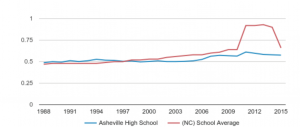
average. The diversity of teachers in these schools is similar, if not lower, to the student average. Graph courtesy of Public School Review.
“I think in order for teachers to not feel helpless or feel pushed down by the system, they have to understand how they can change the system,” said Brook Thompson, teacher recruitment and retention liaison at UNCA. “It’s really important to me that students leave UNCA feeling like they can advocate for the teaching profession.”
Spears said she is really passionate about this year’s policy issue — recruiting and retaining teachers of color in North Carolina.
“There are not very many teachers of color in the Asheville area, especially not a lot of male teachers of color,” said Shawn Winebrenner, a senior fine arts student with a K-12 teacher licensure.
According to the North Carolina Department of Public Instruction, about 40 percent of Asheville public schools are comprised of minorities, yet 80 percent of the white students achieve grade-level proficiency and only 30 percent of black students achieve the same benchmarks.
Since the landmark 1954 U.S. Supreme Court decision in Brown v. Board of Education, efforts to equalize exposure to quality education have focused on student populations, desegregating classrooms, schools and districts.
Asheville City Schools’ website, while it addresses equity with a video entitled “Excellence with Equity,” does not provide exact statistics on the percentage of white teachers to black and other minority students.
The U.S. Department of Education’s publication The State of Racial Diversity in the Educator Workforce, published in 2016, calls this a problem that needs to be addressed. It also states that improving racial diversity in the teaching force will help close the achievement gap between black and white student testing scores.
The department’s research showed that students of color are expected to comprise 56 percent of the student population by 2024. Yet public school teachers identifying as white remained constant at 84 percent for more than 15 years.
Winebrenner, who looks to graduate soon, said he hopes to influence children in their formative elementary school years.
“Everything is brand new to them. This is a good time to teach them about social justice and about equity and equality,” Winebrenner said. “So my plan is to do that through art and help them see that we’re all here together and that we all need to help one another.”
Helping each other is the theme running throughout BTLN organizational materials. It is a place to share resources and best practices and make a bridge from the isolated classroom to policy change, said teachers featured in a recent BTLN video.
In a few months, network members intend to talk to policy makers about what they can do to fix that teacher pipeline, Spears said.
“It’s an absurd misconception that teachers should not be involved in politics or be outspoken about what they care about and are passionate about,” Spears said.
Spears started speaking out in a seventh grade social studies class for a civil rights movement study theme.
“I remember reciting my lines, memorizing my lines. I wanted to be Rosa Parks,” Spears said. “I was ready to teach my classmates and my teachers about this wonderful woman who simply said no, although her no was a resounding yes for civil rights and justice.”
Sitting down was a silent protest for Parks. Spears said, as an advocate in 2018, she uses and recommends social media.
“I use social media like it’s going out of style. Chats are a really good way to have some sort of informal professional development online,” Spears said. “Educolor has a chat that happens once a month.”
Educolor, an online support group of public school advocates of color, seeks equity in education. Brown v. Board of Education opened the school doors to all students, regardless of color. BTLN now seeks to open those same doors to teachers of color.
“We can recruit star athletes of color at these major schools but why can we not recruit teachers of color?” Spears said.
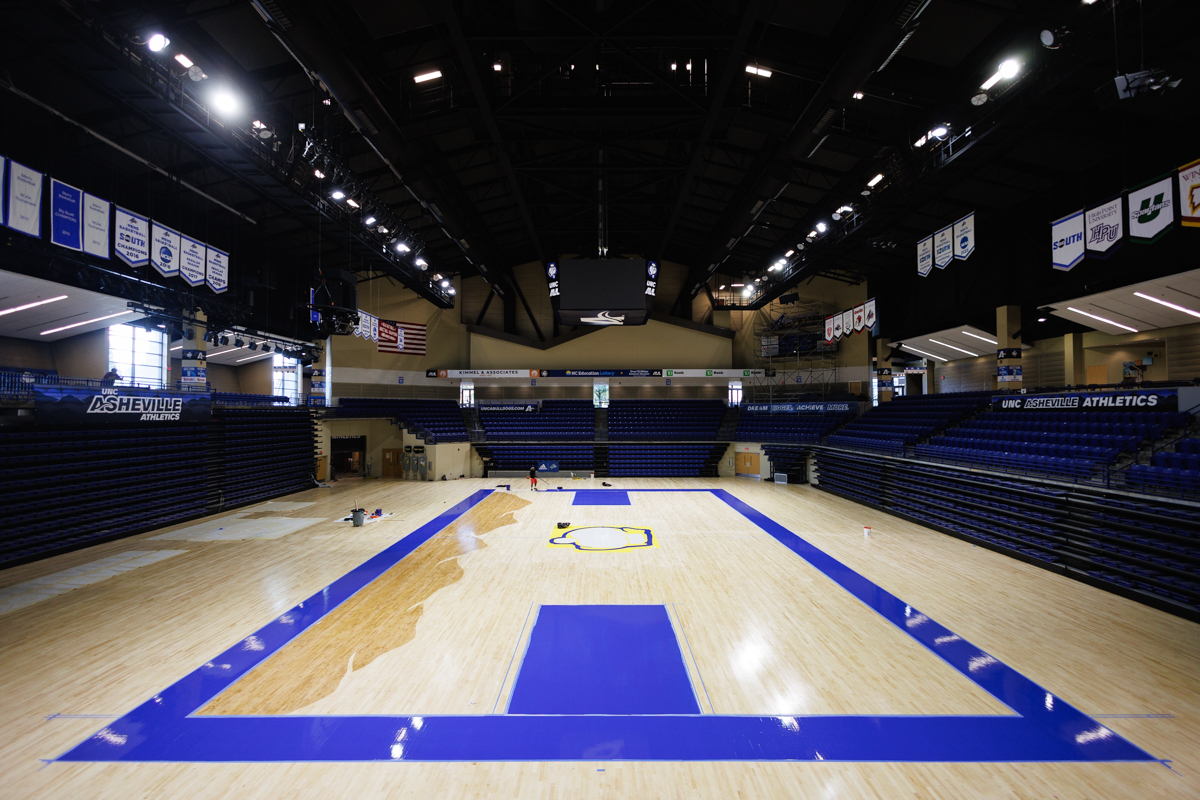
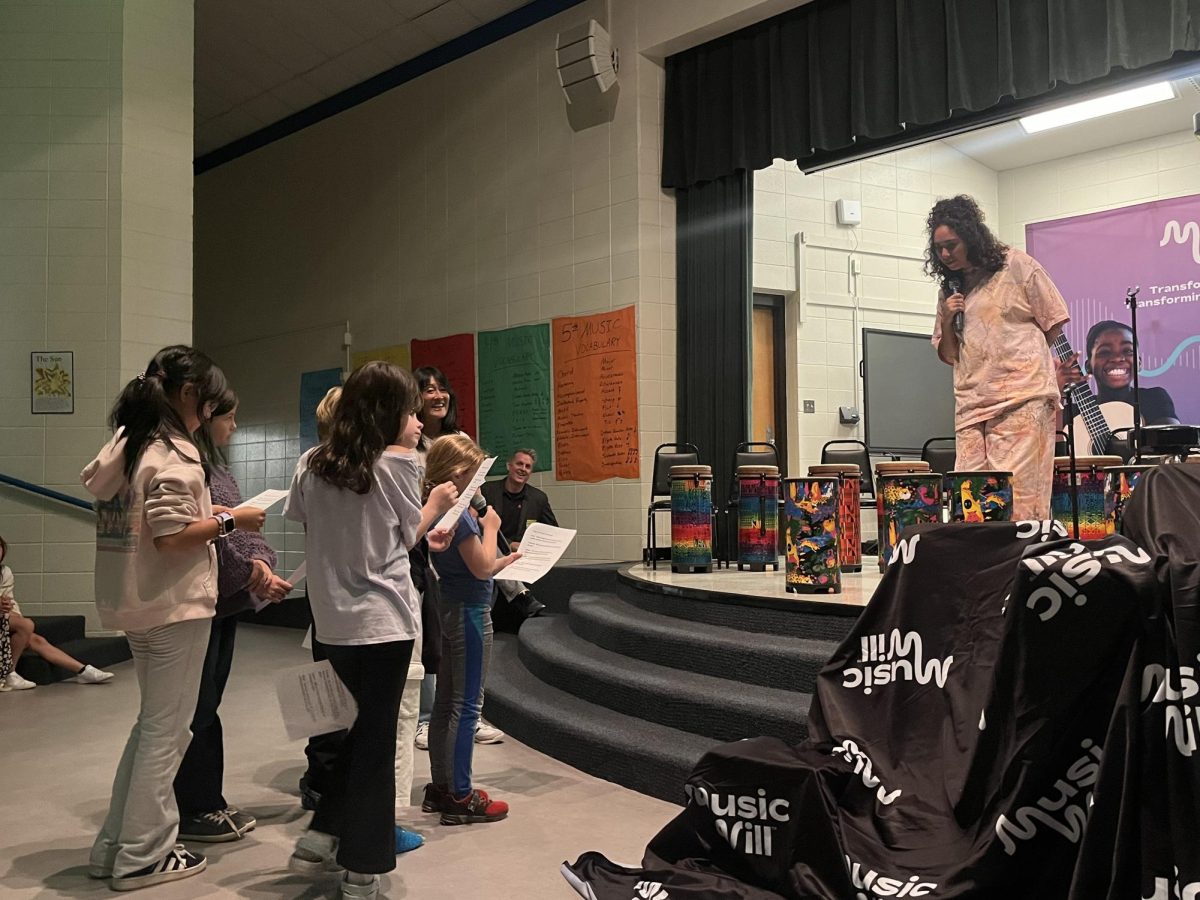

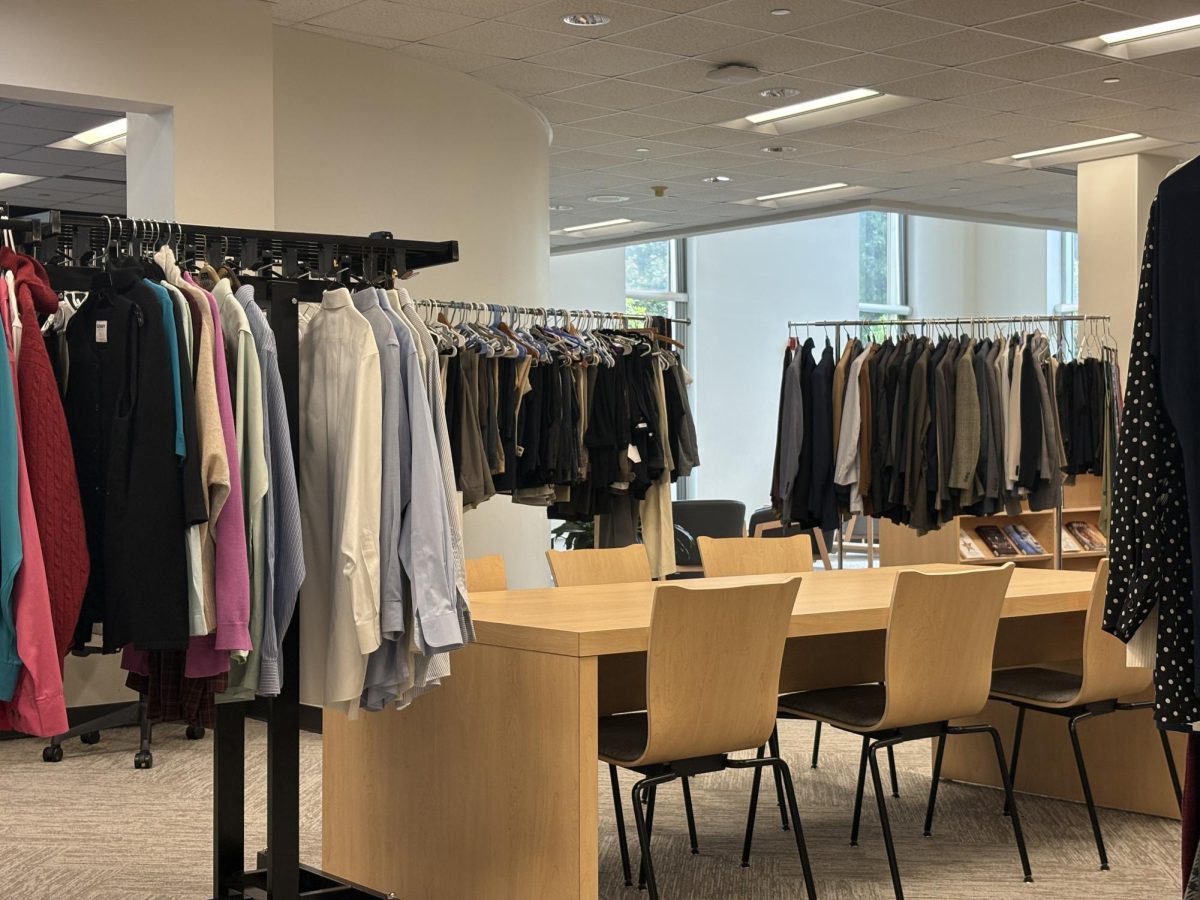

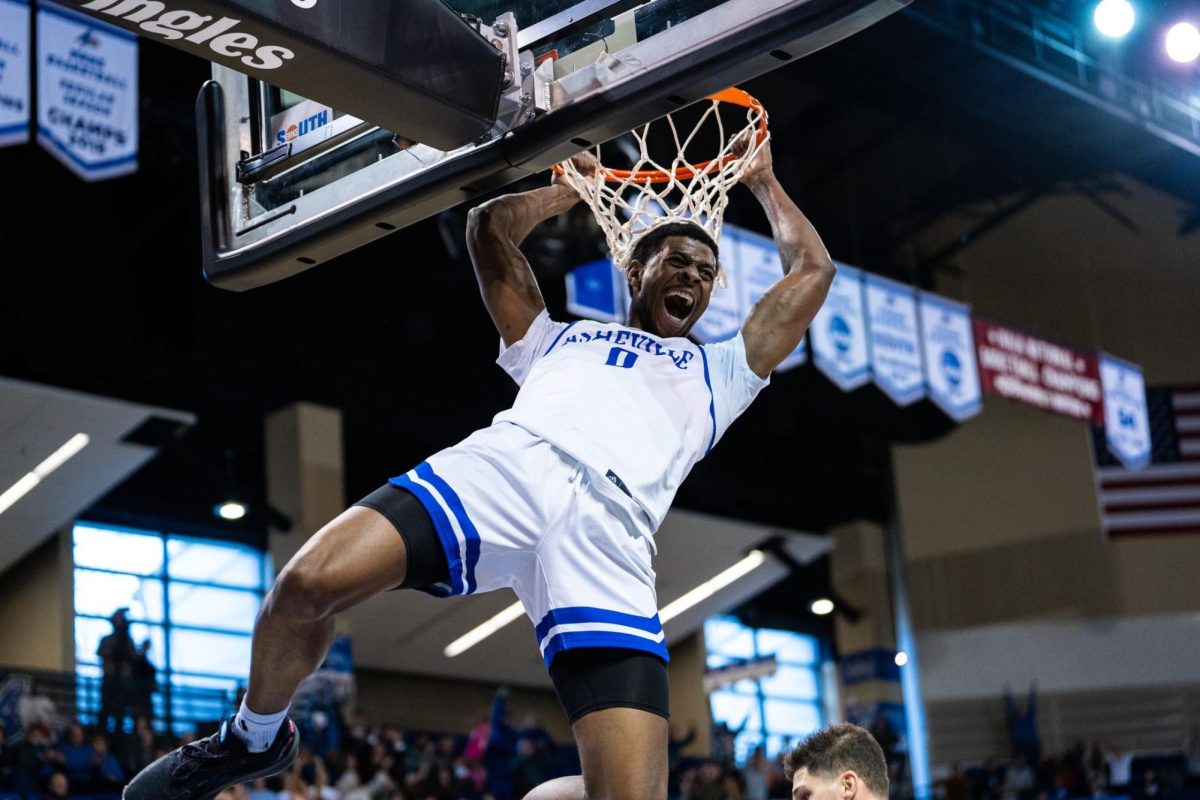
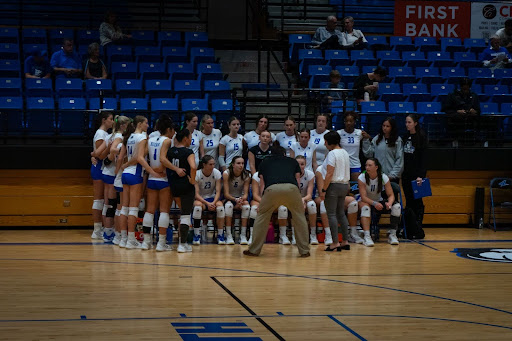
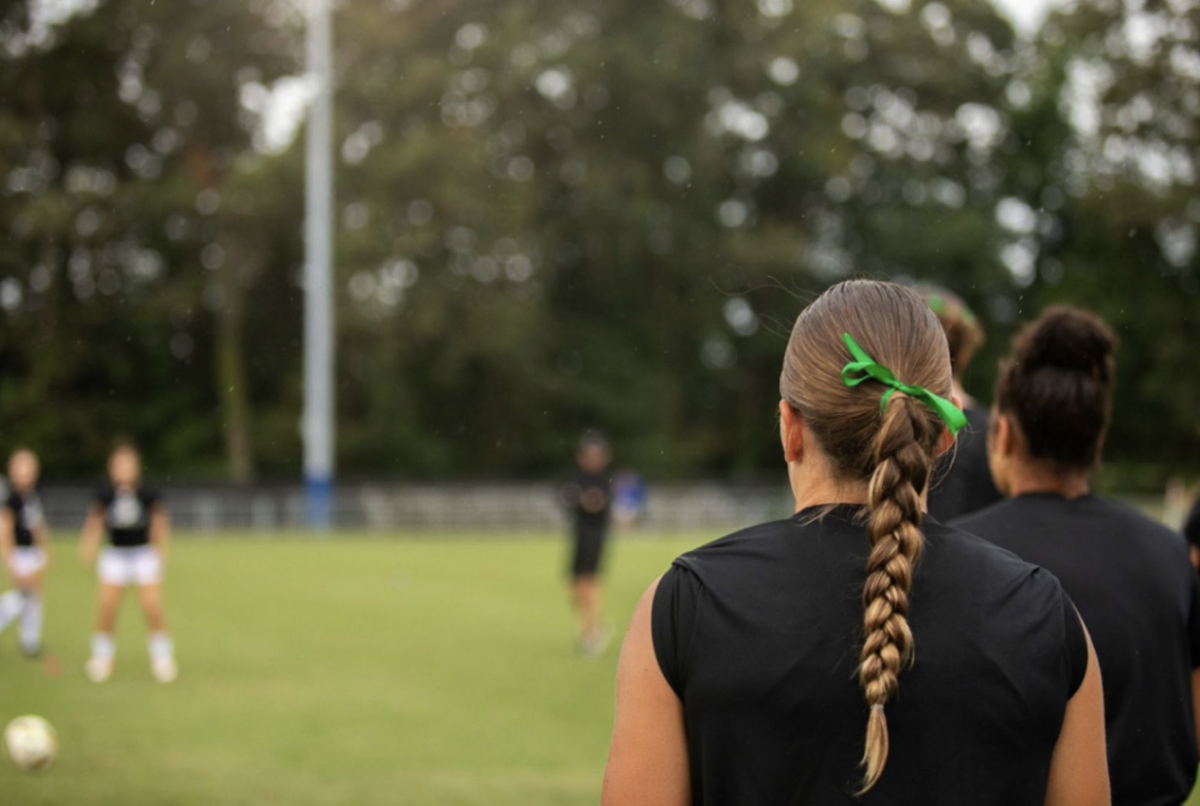
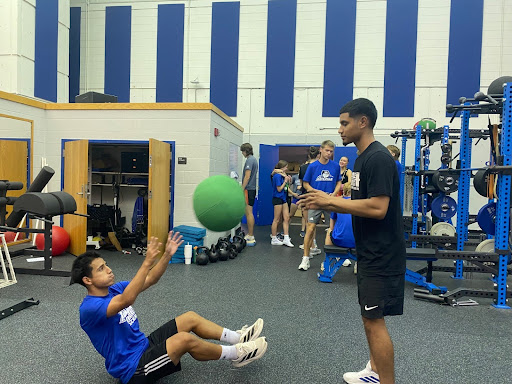






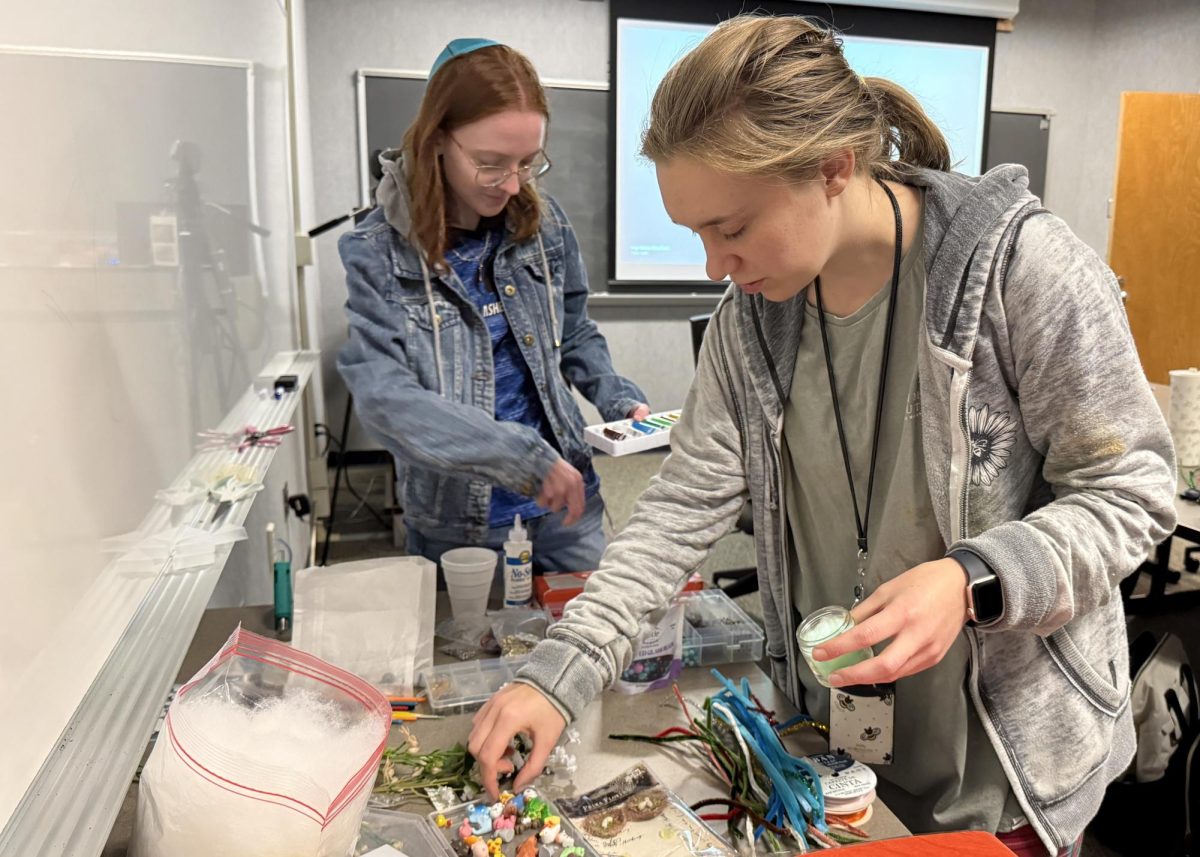
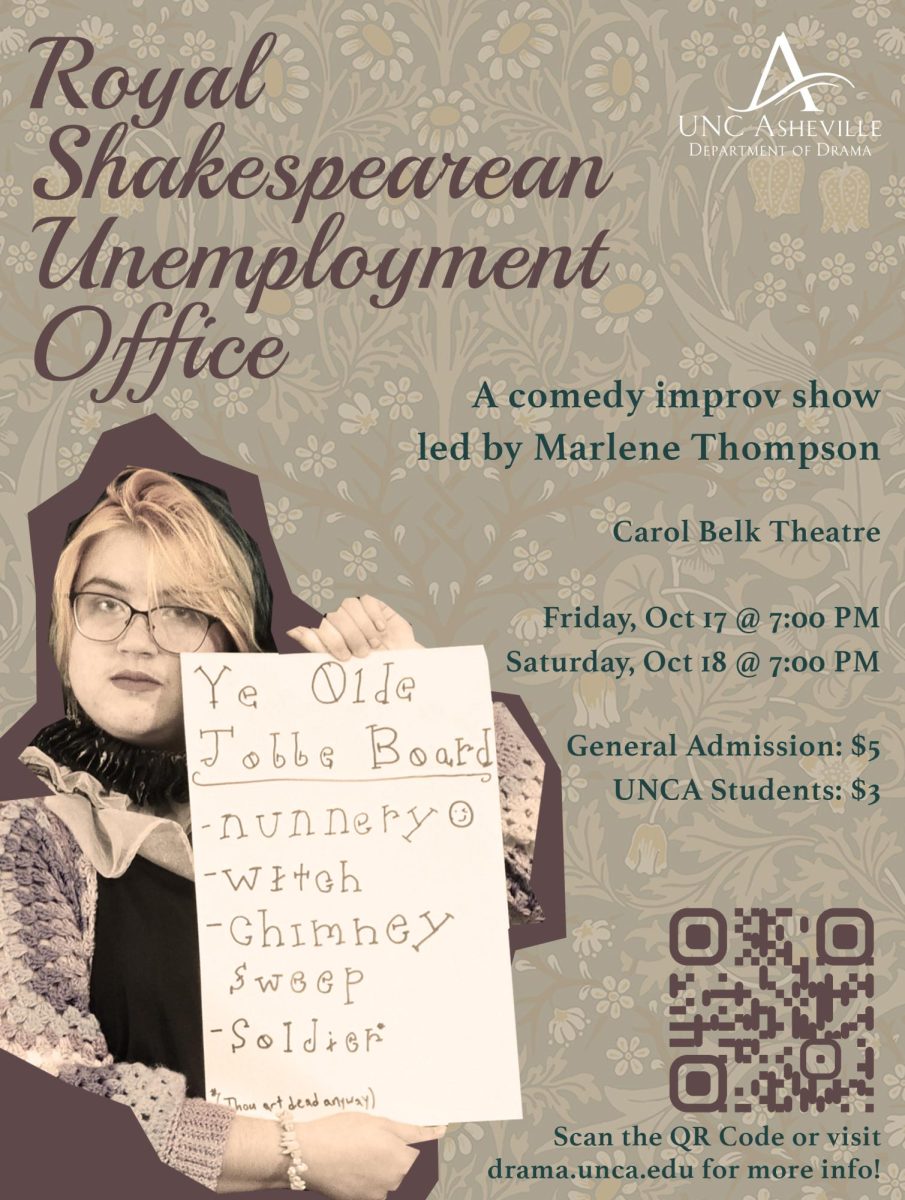
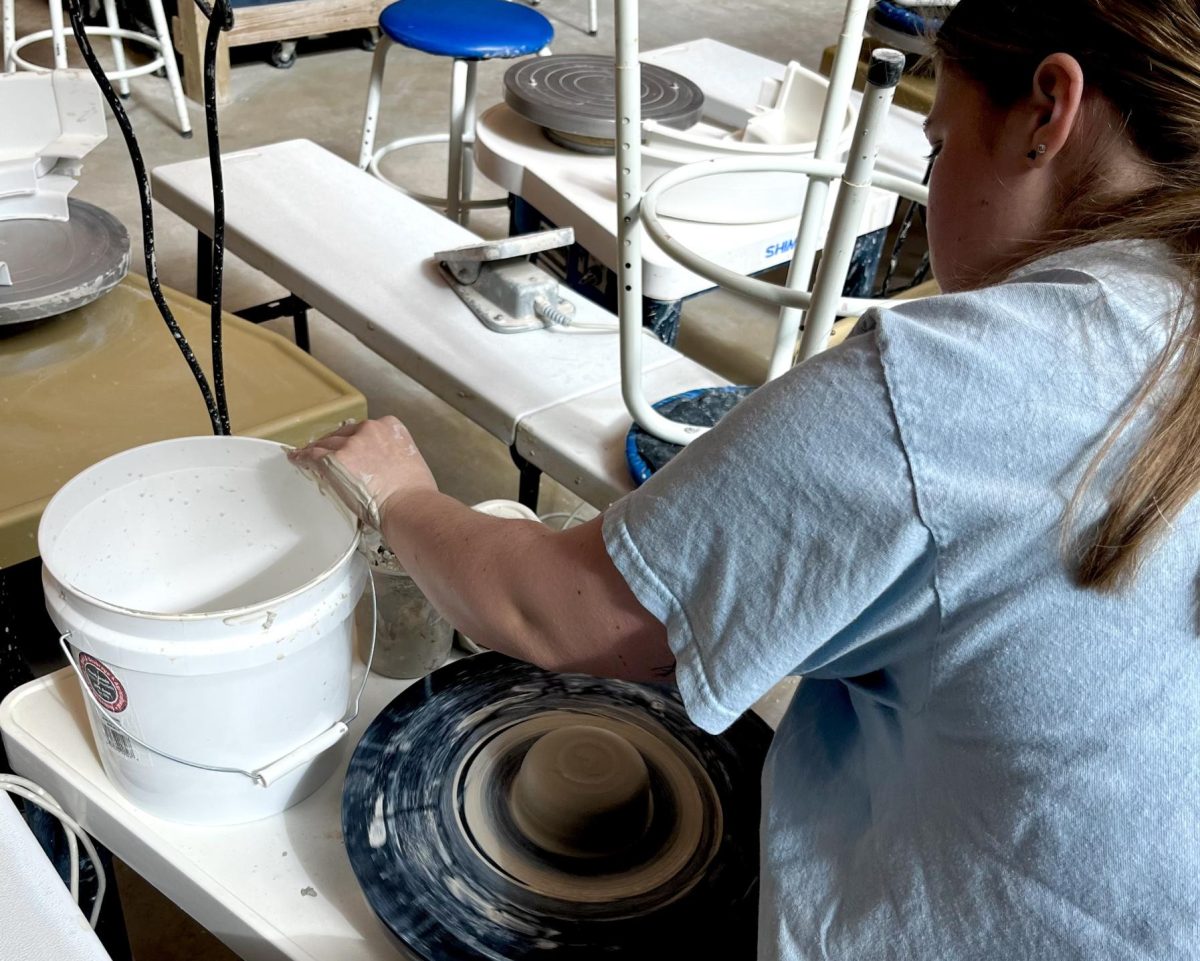
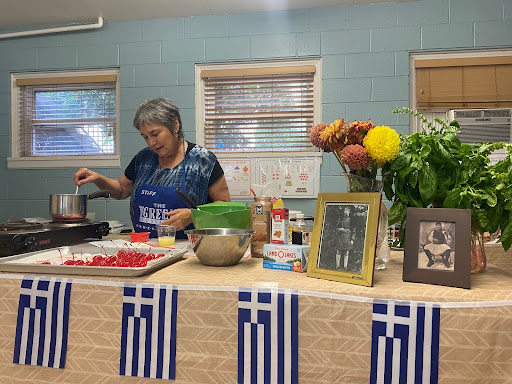
![Brooke Pedersen [second from the right] and Luis Reyes [right] hold banners during the Wrap The Woods event.](https://thebluebanner.net/wp-content/uploads/2025/09/ELIZABETH_PRITCHITT_IMG_3470-1200x804.jpg)